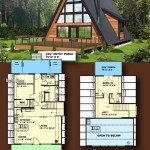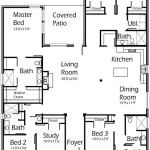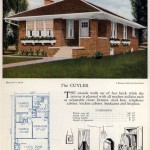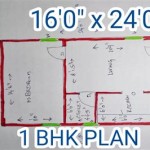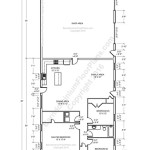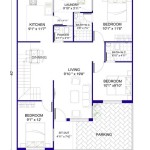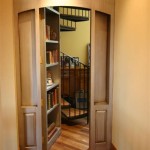Mid Century 1950s House Plans: A Timeless Architectural Legacy
The 1950s marked a transformative era in American architecture, characterized by the emergence of mid-century modernism. This architectural style revolutionized the way homes were designed and built, leaving a lasting impact on suburban landscapes across the United States. Mid-century 1950s house plans embraced functionality, simplicity, and a connection to the outdoors, shaping the homes of a generation and inspiring architectural trends to this day.
One of the defining features of mid-century modern homes is their open floor plans. These plans eliminated traditional, closed-off spaces, creating a more fluid and spacious living environment. Large windows and sliding glass doors brought the outdoors in, blurring the boundaries between interior and exterior spaces. The emphasis on natural light and ventilation contributed to a sense of well-being and connection to the natural surroundings.
Single-level living became a popular choice in mid-century 1950s house plans. The ranch-style home, with its sprawling horizontal silhouette, epitomized this trend. These homes offered ample space for families, featuring multiple bedrooms and bathrooms, living areas, and kitchens. Carports, patios, and large yards complemented the ranch-style homes, enhancing outdoor living and entertaining experiences.
Split-level homes were another innovation of the mid-century era. These designs featured multiple levels that were connected by half-flights of stairs. Split-level homes provided a sense of privacy and separation while still maintaining a sense of connection between different living spaces. The upper levels typically housed the bedrooms and bathrooms, while the lower levels accommodated the living areas, kitchen, and dining spaces.
Exterior materials played an essential role in mid-century 1950s house plans. Natural materials, such as wood, stone, and brick, were commonly used to create a warm and inviting aesthetic. Wood paneling, exposed beams, and stone fireplaces brought a touch of rustic elegance to these homes. Metal and glass accents, such as aluminum windows and custom-designed light fixtures, added a touch of modernity and sophistication.
Mid-century modern architecture was not simply a fad; its influence continues to resonate in contemporary home design. Many principles of mid-century 1950s house plans, such as open floor plans, natural light, and a connection to the outdoors, remain popular in modern home design. Today, architects and homeowners alike seek to recapture the timeless appeal and functionality of these mid-century icons.
As we look back at mid-century 1950s house plans, we appreciate their enduring legacy. These homes not only shaped the suburban landscape of a generation but also inspired architectural trends that continue to influence home design today. The functionality, simplicity, and connection to the outdoors that characterized mid-century modern homes remain desirable qualities that homeowners seek in their homes today.

Nps Plan Belville 1952

150 Vintage 50s House Plans Used To Build Millions Of Mid Century Homes We Still Live In Today Americana

150 Vintage 50s House Plans Used To Build Millions Of Mid Century Homes We Still Live In Today Americana

150 Vintage 50s House Plans Used To Build Millions Of Mid Century Homes We Still Live In Today Americana

Pin Page

Passion Personals For Passionate Singles

55 Mcm Vintage House Plans Ebook Instant Digital Mid Century Modern Ranch Style Homes Split Level Contemporary Custom Built

150 Vintage 50s House Plans Used To Build Millions Of Mid Century Homes We Still Live In Today Americana

Mid Century House Plans I Heart Living In Portland Oregon S Blog

Pin Page

